CodeCrafted

When I completed my bachelor’s degree in 2013, coding was considered a marginal topic. There was a dark spirit at our faculty, perpetuating the myth that designers are touched by some kind of ethereal source of inspiration that gave them ideas that implementers and ‘engineers’ couldn’t understand. That’s why the ‘technicians’ and nerds must subordinate themselves to the enlightened designers.
As a young student, it was clear to me that the separation of design and technology leads to a completely absurd, unnecessary, and harmful narrowing of creativity. Worse still, I now know that this trench warfare results in massive disputes, power games, and, even worse, digital immaturity.
Immaturity is the inappropriate translation by deepl.com of a German word called “Unmündigkeit”, a key term of the philosophy of Immanuel Kant. While “immaturity” sounds simply inpolite, maybe even rude, “Unmündigkeit” contains the word “Mund”, which means mouth. If someone is “unmündig”, this person is not able to express itself, it has no voice, no sound, is not part of the discourse.
If we as designers don’t understand how technology works, if we do not become mature in the sense of Immanuel Kant, we can’t design our future, but only its packaging.
Starting in 2018, I noticed that coding suddenly became more popular. Tools for visual identities and creative websites, where design and technology undoubtedly worked together on an equal level, became increasingly visible. Not only on the internet, but also in public spaces.
And now I have this wonderful book in front of me, which paints a picture of the current state of this development and shows what is possible when code and visual design work together seamlessly. For me, this beautifully designed object is a symbol of real social progress: of a mindset that sees technology as a fundamental part of our lives – a challenge that we have the responsibility to face as designers.
When the Victionary team asked me to write a lead essay for the publication, I was thrilled – as I was looking for a real challenge as an author. The result is five texts totaling around 8,000 words, in which I present my perspective on creative coding as an educator.
What I also find wonderful is that the other lead essay has been written by Patrik Hübner, who sheds light into Generative Design and its relationship with Artificial Intelligence. Highly recommended.
Finally: 1000 thanks to the Victionary team: Leanne, Katherine, and YuetLin!
Overview
In the first piece, From Coded Aesthetics to Techno Literacy, I point out that creative coding is much more than just a tool for designers: it can be a key to empowered access to technology for individuals as well as entire societies – so that we can transform our role from users of predefined tools into designers of systems.
In the second essay, An Introduction to Coding Systems, I reflect on my close collaboration with my friend and colleague Martin Lorenz, with whom I explore the intersection between code and flexible visual systems under the name Coding Systems. We are currently working on a collaborative book that, as the successor to Martin’s long-selling Flexible Visual Systems (FVS), makes it clear that code is the ideal material for defining design systems.
In the third essay, What is Creative Coding, I attempt to clarify what creative coding is. To this end, I compare a common definition with a good one and make it clear that creative coding is primarily a process that is all about experimentation.
In the fourth essay, Getting started with Creative Coding, I map out the beginning of the learning process and mention some pitfalls and challenges, before explaining how to effectively overcome these obstacles.
The fifth and final essay, Principles for Coding Designers, is an open and unfinished collection of ethical principles for creative coders, based on the premise that as designers and developers, we hold a great deal of power in our hands, which comes with great responsibility.
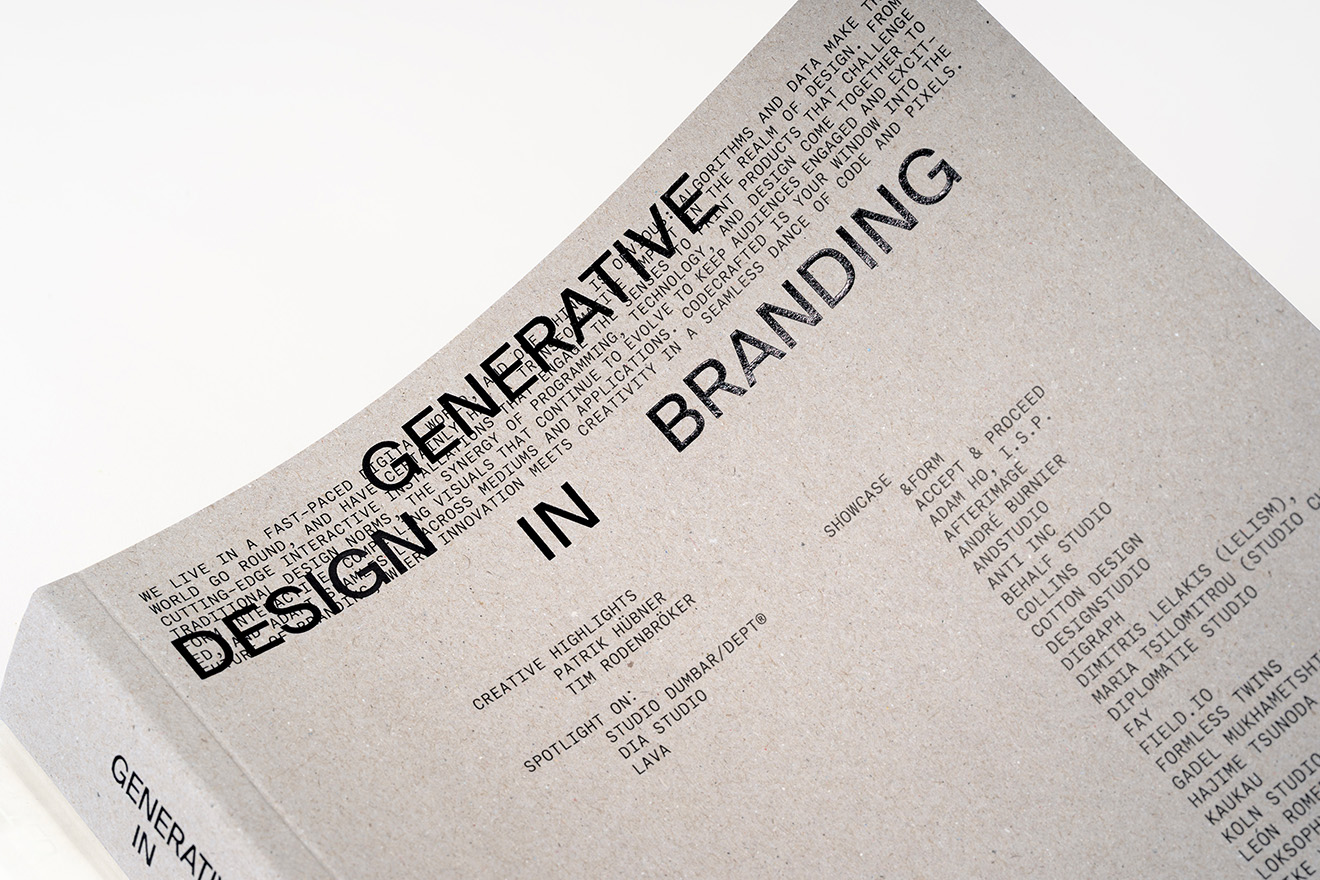
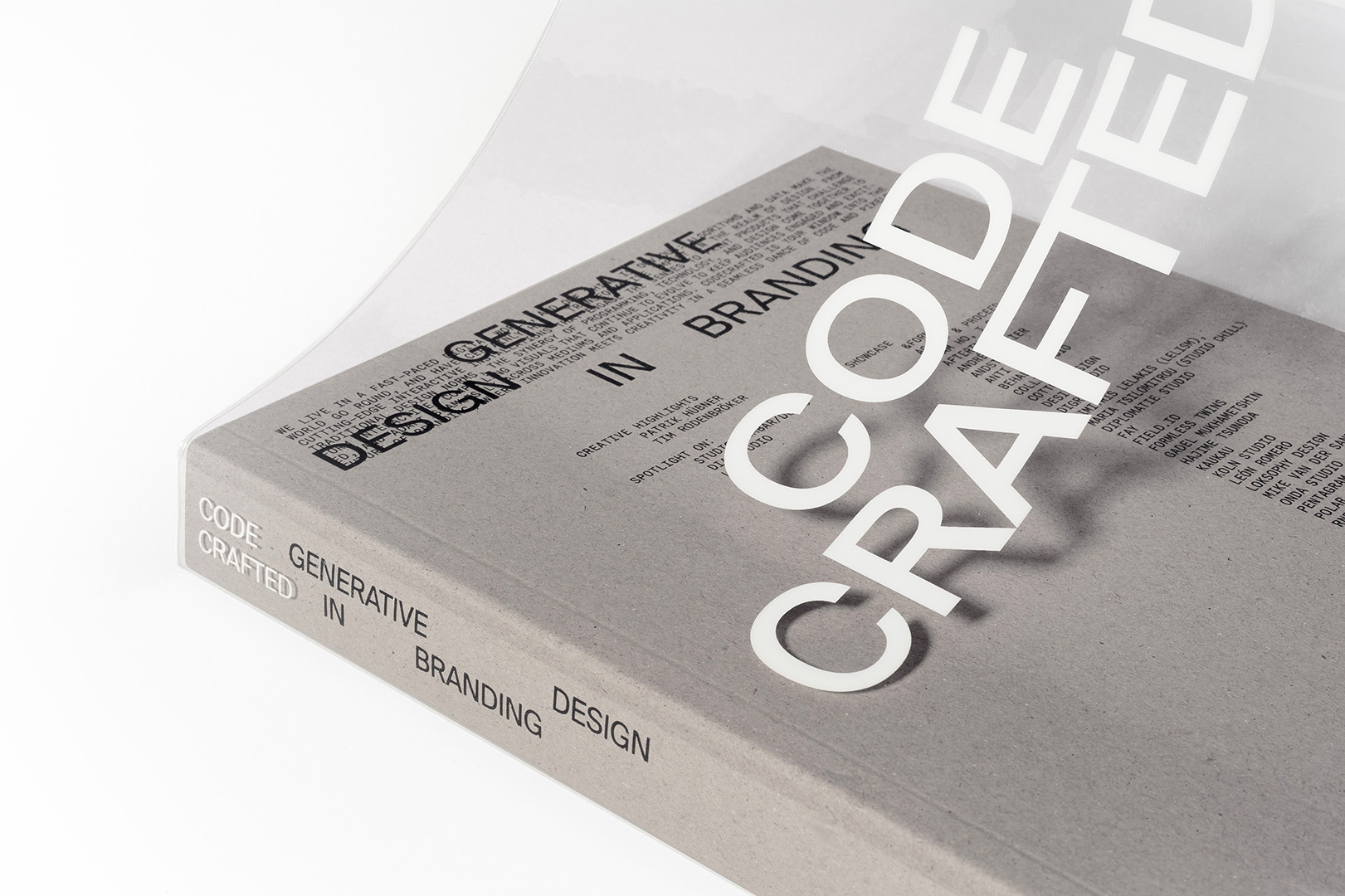

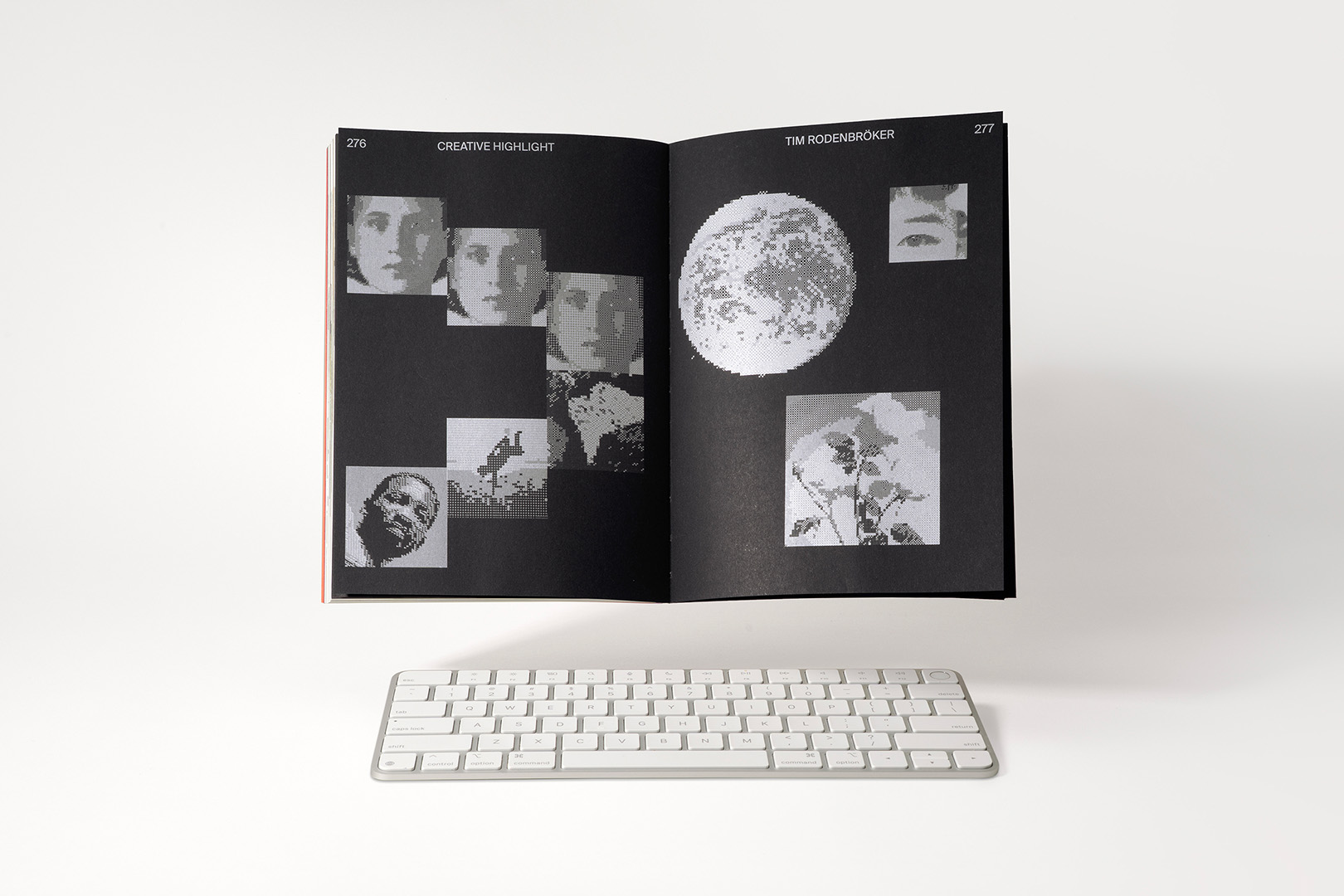
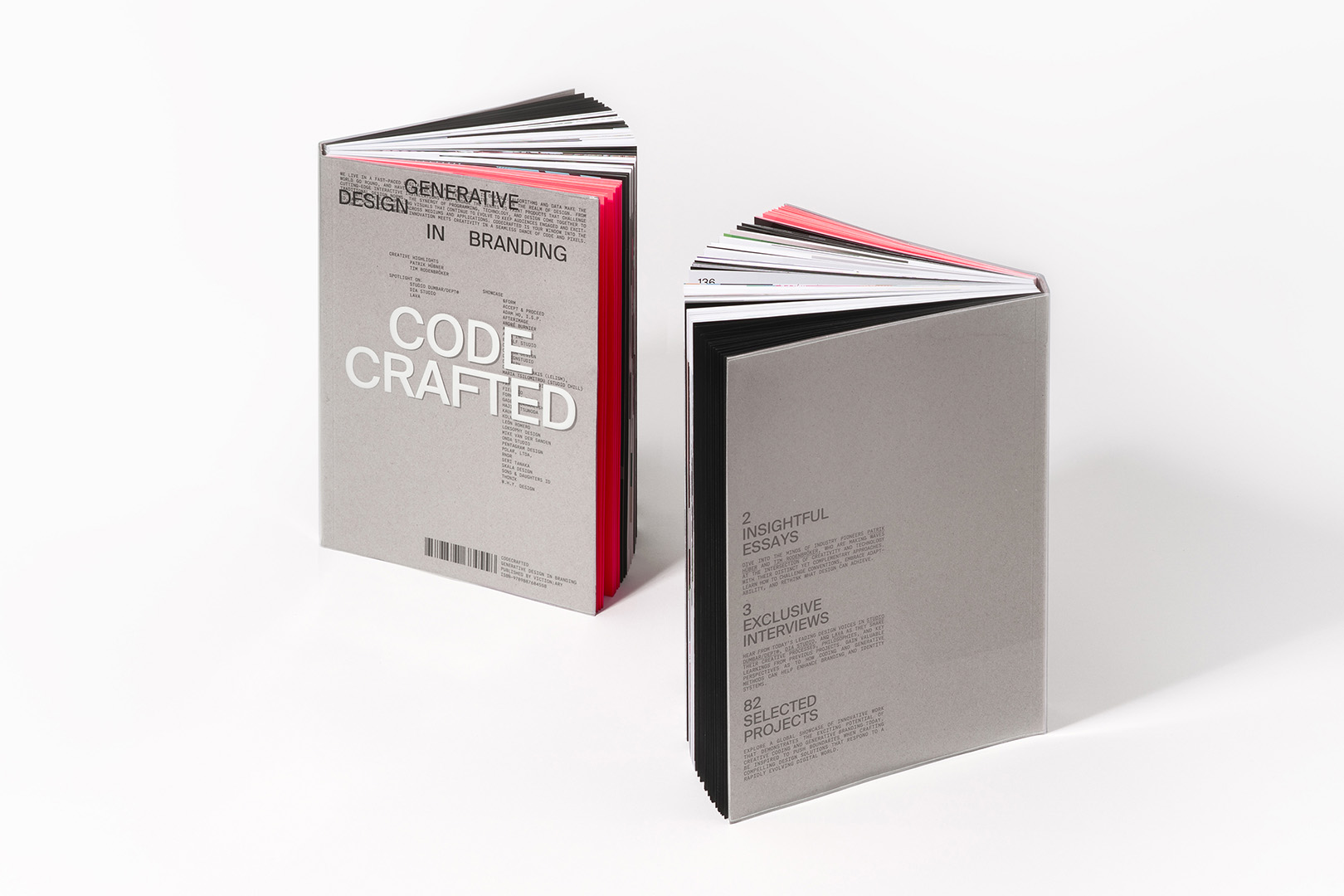
Enjoying the content?
Since 2018, I have published 250 interviews, case studies, and tutorials, along with over 359 lessons in 22 online courses – and there's more to come! If you want to get full access or simply support my work and help keep this platform thriving, please consider supporting me on Patreon. Thank you very much!
Related
 Kris de Decker on Low Technology
Kris de Decker on Low Technology
In the two years I lived in Barcelona, one person in particular fascinated and inspired me. His name is Kris […]
 My new Podcast “Demystify Technology” is out!
My new Podcast “Demystify Technology” is out!
One of the most beautiful books I have ever held in my hands is “Lo–TEK” by Julia Watson, an architect, […]
 Is my Instagram profile shadowbanned?
Is my Instagram profile shadowbanned?
I am asking myself: Is my Instagram channel possibly shadowbanned? Since I speak out more clearly against the cheeky, shady […]
 Raquel Meyers – The Tool is the Message
Raquel Meyers – The Tool is the Message
Let’s begin here: A myriad of new technologies is accelerating our world at a breathtaking pace. I’m not interested in […]
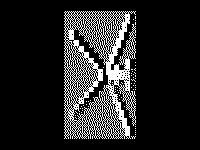 Diogenes meets Demo Festival
Diogenes meets Demo Festival
Below is the written version of my talk at DEMO Festival in Amsterdam, January 2025. I’ve also recorded an audio […]
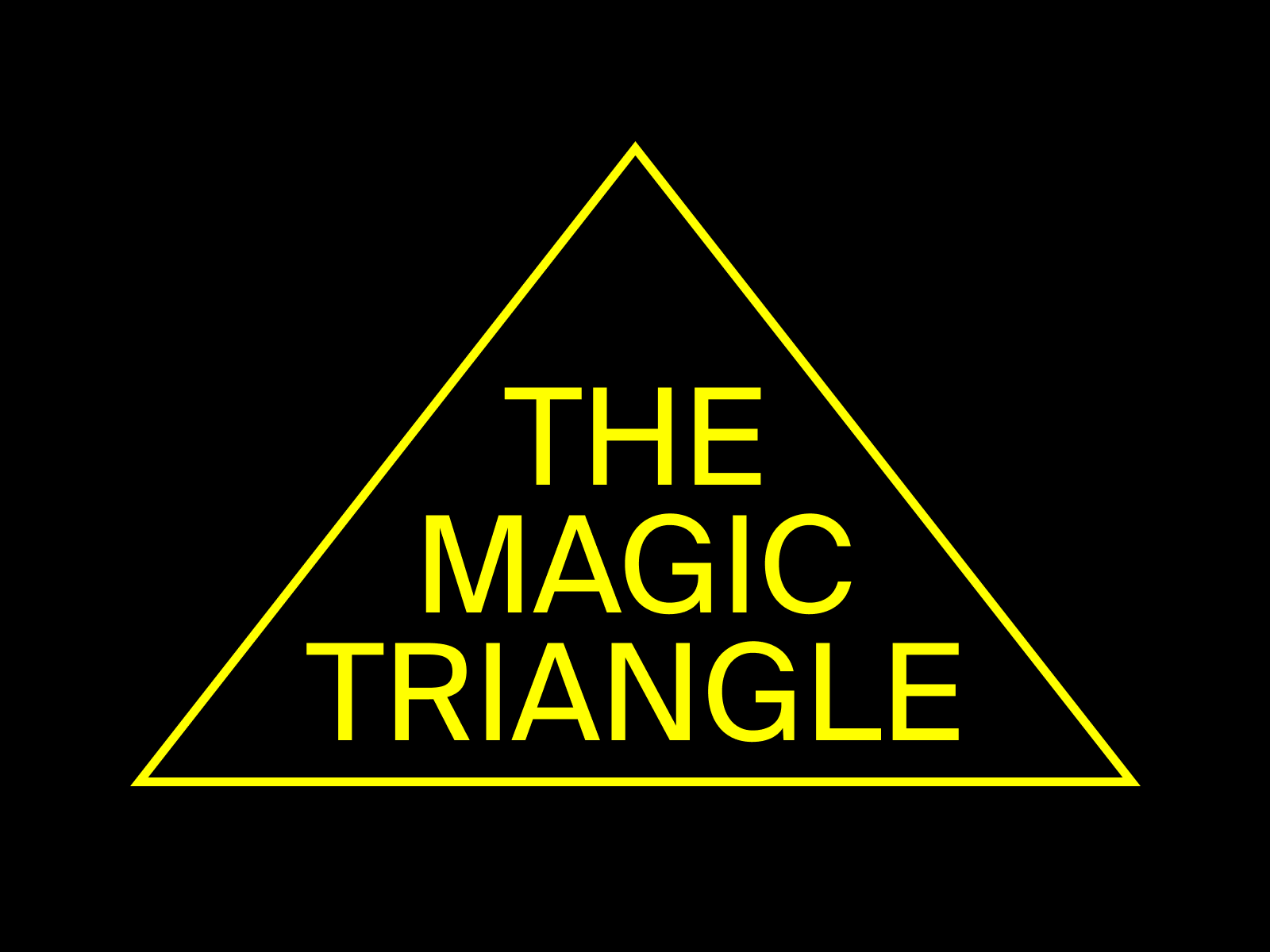
 The Magic Triangle
The Magic Triangle
The Magic Triangle is a powerful creativity technique that can be applied to many different areas.
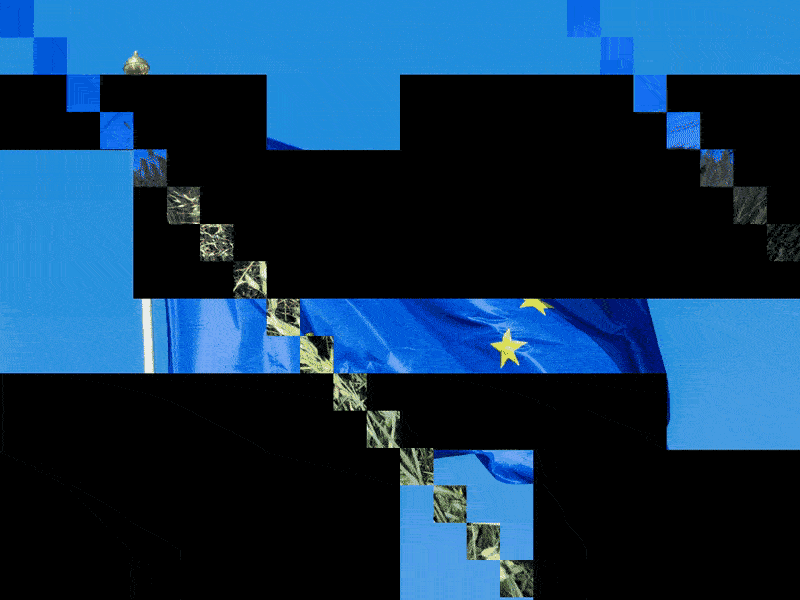 Design is dead – long live Design!
Design is dead – long live Design!
I have been observing developments in design for 40 years. That may sound strange, as I’m only forty myself, but […]
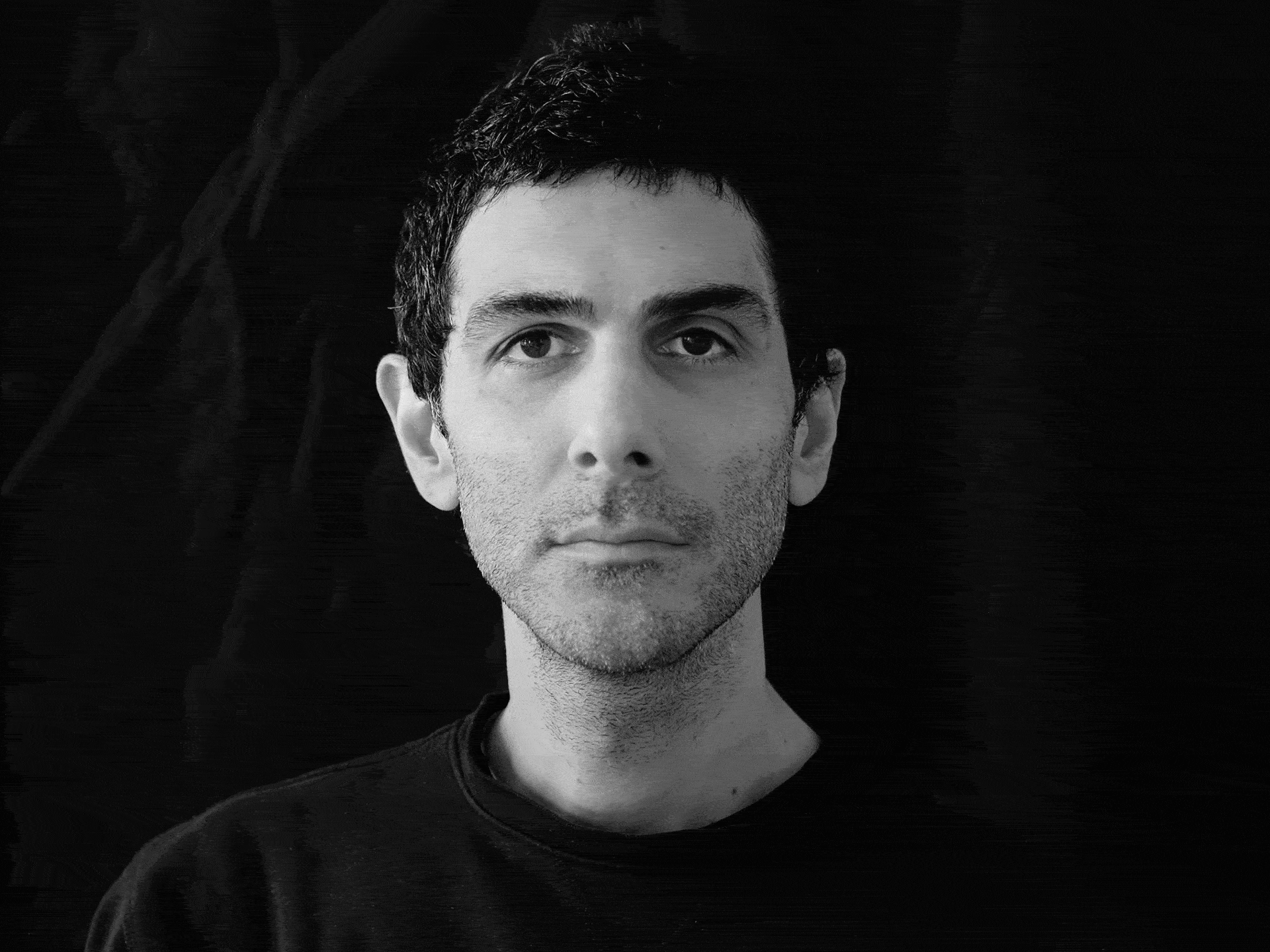 Omid Nemalhabib on Design within Limitations
Omid Nemalhabib on Design within Limitations
I met Omid Nemaldhabib quite coincidentally in Rotterdam in 2022. He comes from Tehran and ran a design studio there […]
